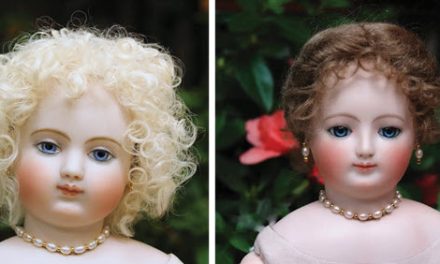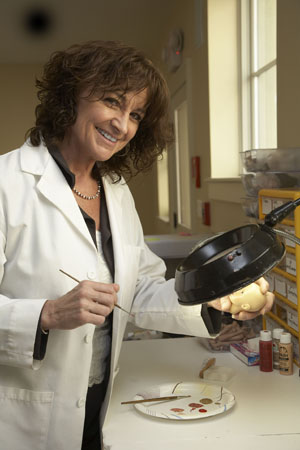

Jennie Sykes Restores, Repairs, and Reproduces Doll Classics in Modern Times
Jennifer “Jennie” Sykes is the proprietor of Porcelain Classics, a multifaceted business that serves a crucial role in the doll world. Based in Hastings, Michigan, Sykes’ company is located on her town’s main street, in an historical commercial building that was built in 1905. It is the perfect setting for her studio, which is all about revering, respecting, restoring, and repairing the past. She said, “The front of the store offers antique and vintage collectibles from local vendors. The back half of the main floor is dedicated to classroom, kilns, sewing, and restorations.”
The entrepreneur is a font of knowledge about dolls that were created in bygone eras, as well as a capable artist who reproduces dolls with the elegant and exquisite detailing of antique originals.
With expert-level skills in a variety of areas, Sykes describes all that she does in a straightforward and sensible way. “As an artist, I create reproduction porcelain and composition dolls and figures from purchased doll molds,” she said. “I develop, create, and offer workshops relating to the doll industry and its processes, as well as provide souvenirs for meal events for doll conventions nationally. As an instructor, I host classes two days a week in the studio, teaching the art of porcelain dollmaking, as well as how to construct a doll wig, make shoes and stockings, and assist with sewing projects.”
Sykes sets aside Tuesdays and Thursdays as her “in-person drop-in class” days. The sessions are a mix of both making and repairing. “Workshops are also hosted for special projects in the studio; some are guest instructors, and others are projects that I teach. Occasionally we offer make-and-takes during events in town,” Sykes said. “Over the years, I have traveled to other doll studios, doll clubs, and doll sales and conventions to teach workshops. I have many more ideas for similar projects; I’m just limited on how many I can do at the same time as everything else.”
Sykes has a busy calendar filled with doll duties, and she is often challenged to work her magic upon dolls that have seen better days. Once pristine and perfect, the costumes, wigs, or complexions of these dolls have been damaged and dulled with the passing decades. Sykes is able to evaluate the situation and offer a pragmatic view on what can be done.
“As a restoration artist, I specialize in antique and vintage dolls in all materials, including but not limited to porcelain, composition, and papier-mâché. Though not a certified appraiser, I am able to assist in identifying and valuing a doll based on the current market. When estimating the cost of a restoration project, we research and present the information to the customer when reviewing the numbers. This information can be helpful to the customer when contemplating an extensive restoration. When pricing a doll to be sold, we review the condition, research the value, determine what we can do to make improvements, and share the information with the owner,” Sykes said. “This knowledge has been built through the years by learning and practicing the basics of the craft, understanding how these have changed throughout the history of dollmaking and understanding the differences of each specific manufacturer’s work, and applying this knowledge time and time again while restoring pieces.”

For the distraught owner who brings in a doll in need of some tender loving care, the machinations of what might occur can seem daunting and a bit scary. What exactly will happen to the lovely, little “patient”? Firstly, Sykes makes clear whether the procedure will be a restoration or a repair. Yes, there is a distinct difference. Sykes said, “Restoration is rebuilding the rocker eye mechanism, resurfacing the severely cracked and chipped composition, piecing together the broken porcelain, filling in the missing pieces, and then masking those repaired areas with paint to blend into the existing surface, making the previous damage invisible. Repairing is mending the breaks, replacing by sculpting that missing finger, and then masking the repaired area with a paint touch-up.”
Interestingly, many of the customers who visit Sykes’ store are not the initial custodians of these in-need dolls. Rather, they are the children, grandchildren, or nieces and nephews of collectors who are now deceased or are being moved into a nursing home or other residential facility. “Our store has taken in several large doll collections on consignment from family members of deceased doll collectors, as well as several from those who must move into assisted living,” Sykes said. “They come to us for help because they have no idea of value, or how to sell, but recognize that there is some value in the dolls and don’t want to put the collection in the dumpster. Many times, those dolls need to be repaired and/or refreshed before being sellable, and the owners are willing to invest in the hopes of finding a good home for something that was dear to a family member. It is very emotional for each person we meet.”
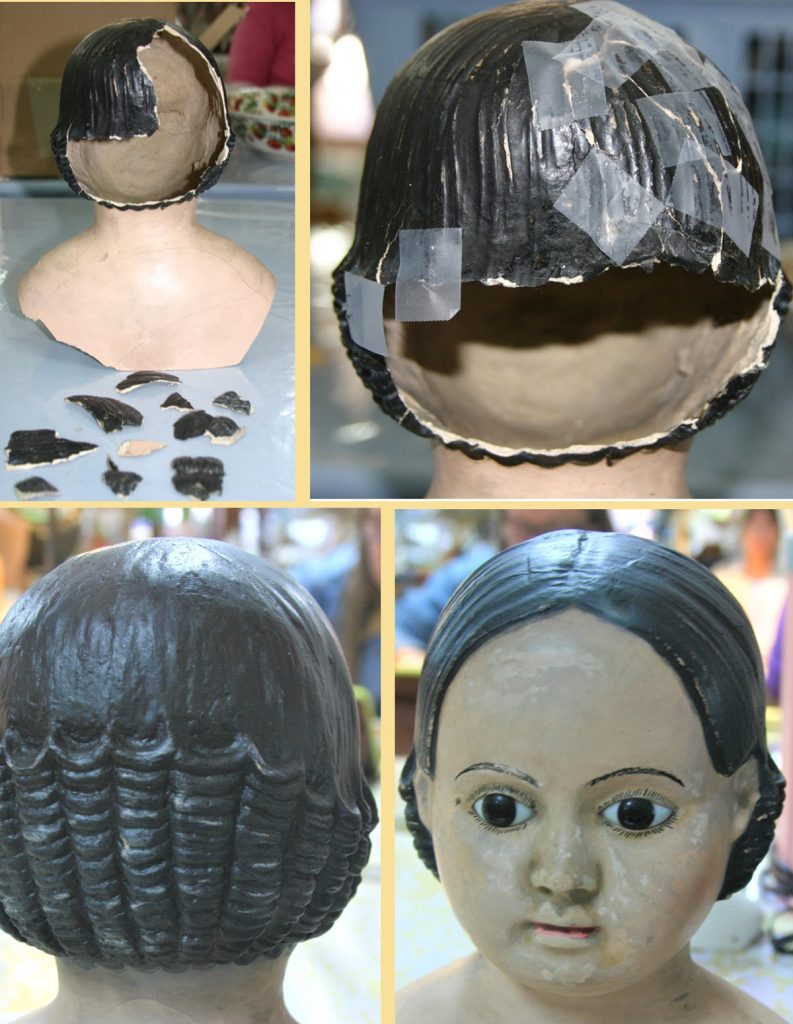
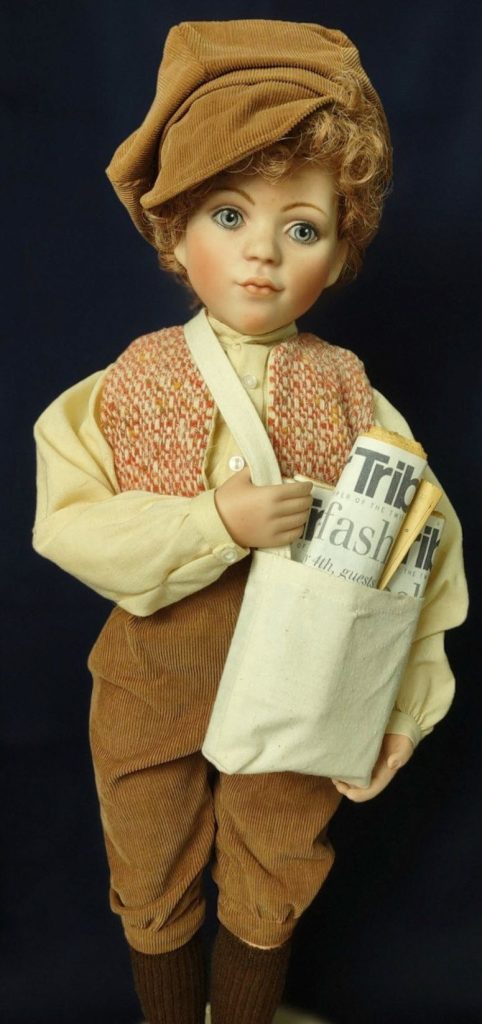
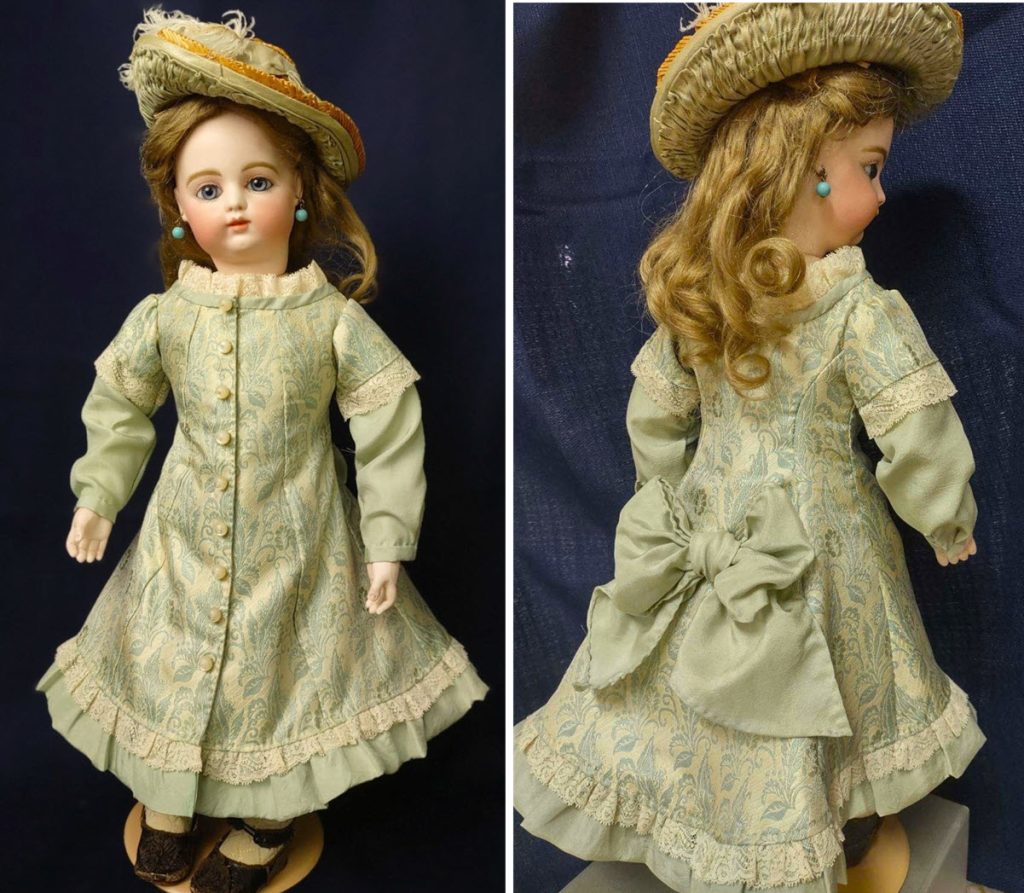
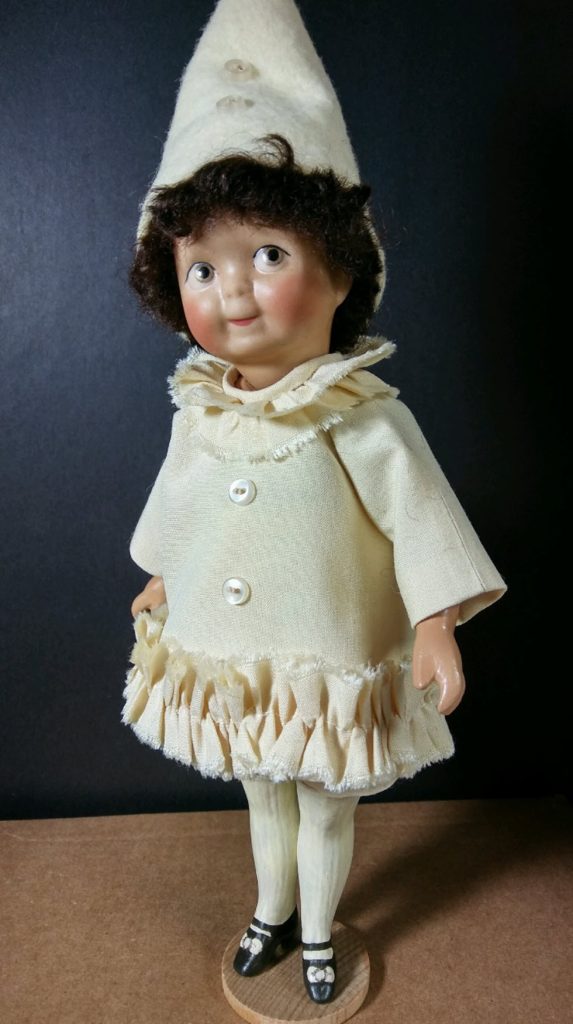
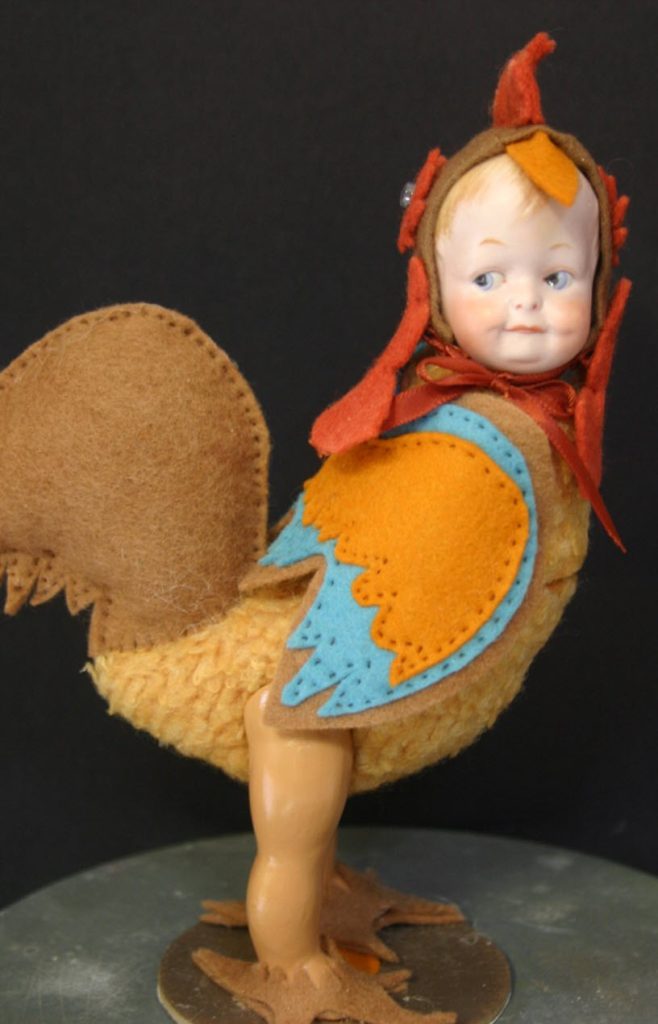
Have a website login already? Log in and start reading now.
Never created a website login before? Find your Customer Number (it’s on your mailing label) and register here.
JOIN HERE
Still have questions? Contact us here.


